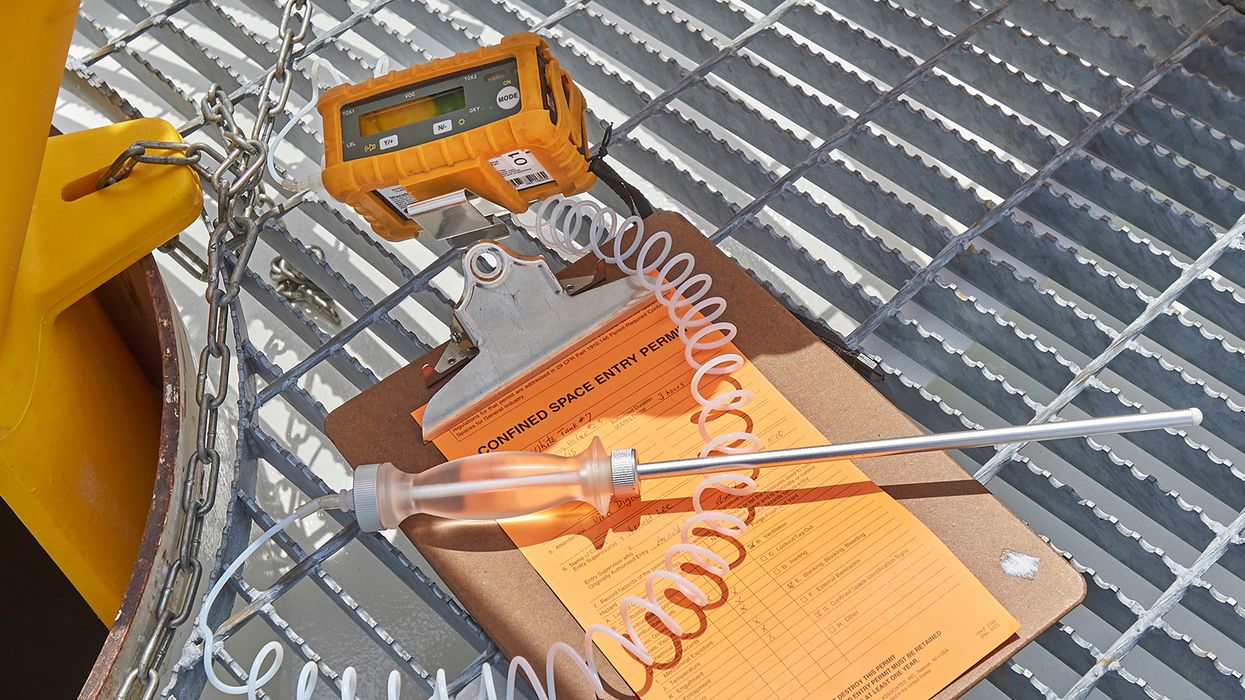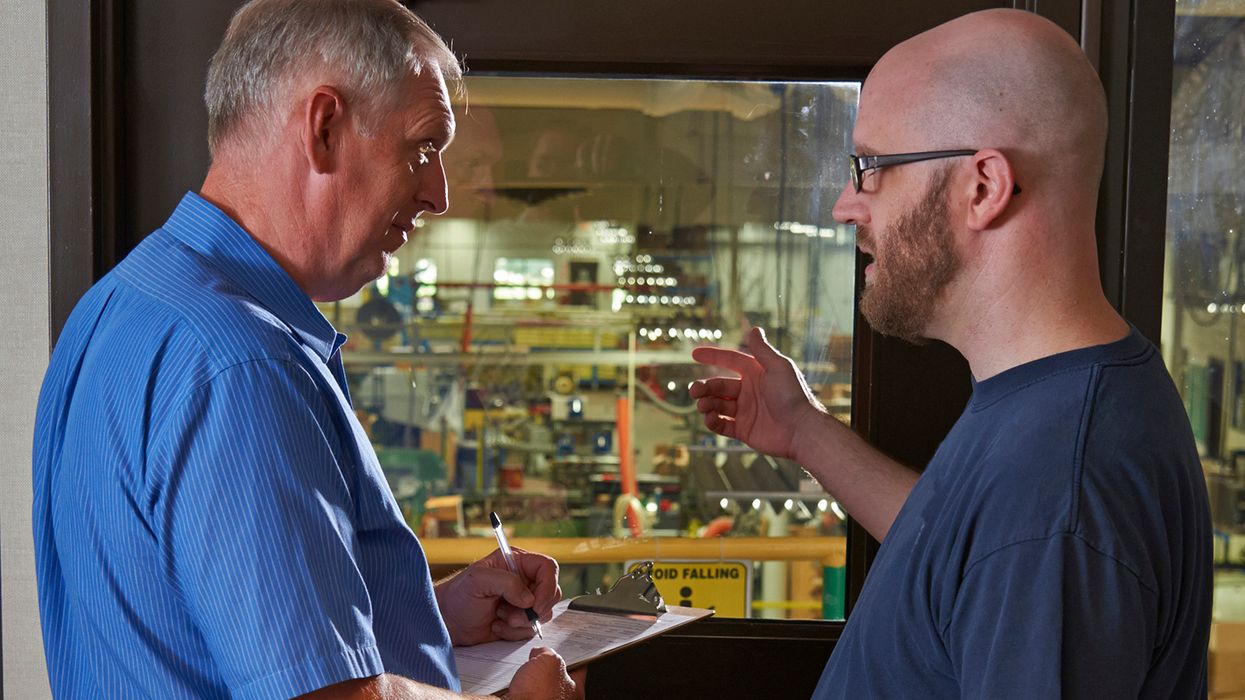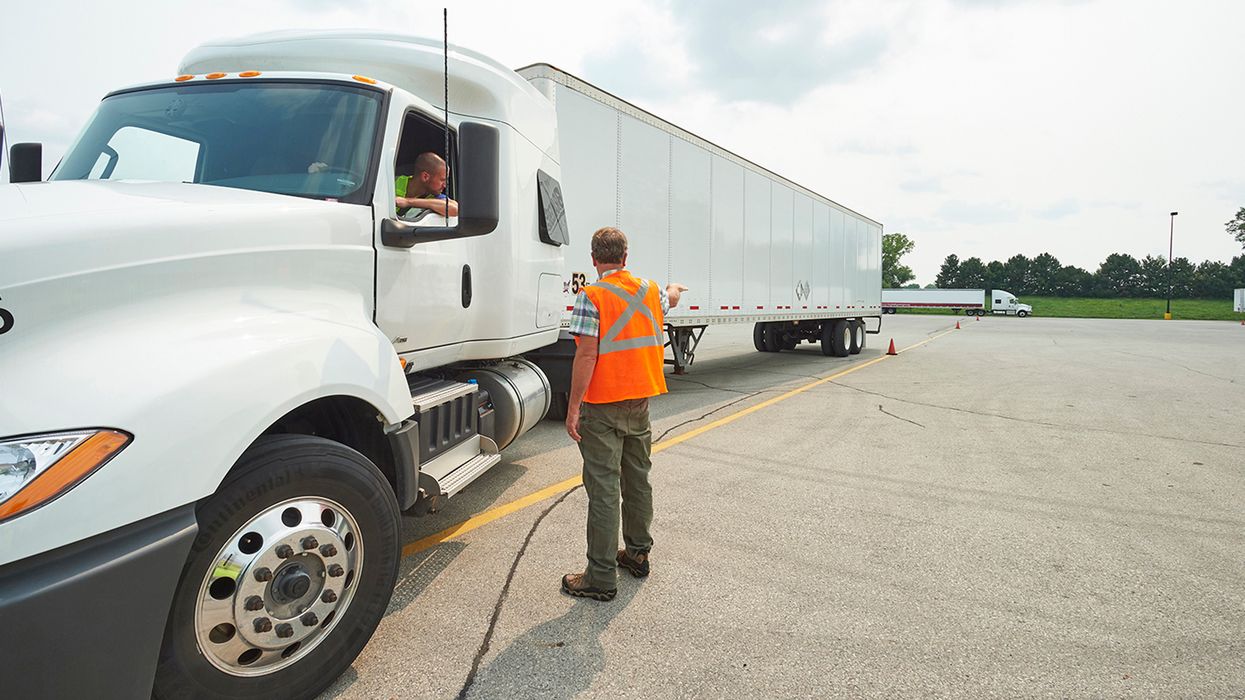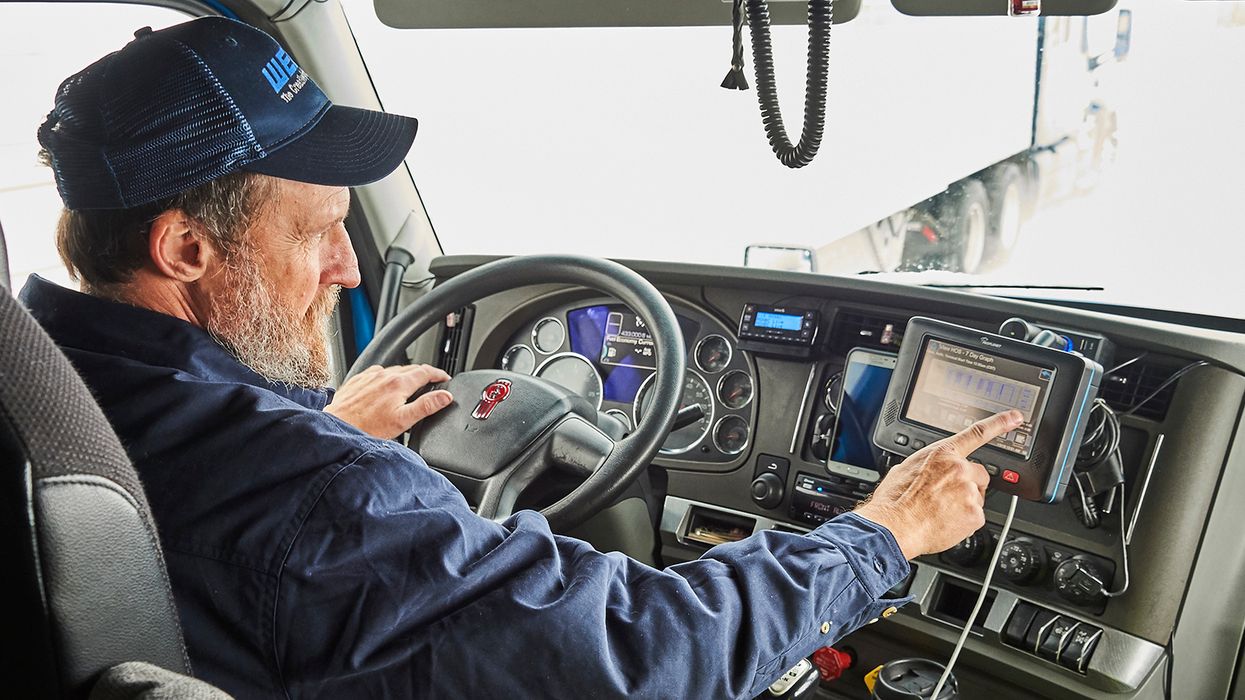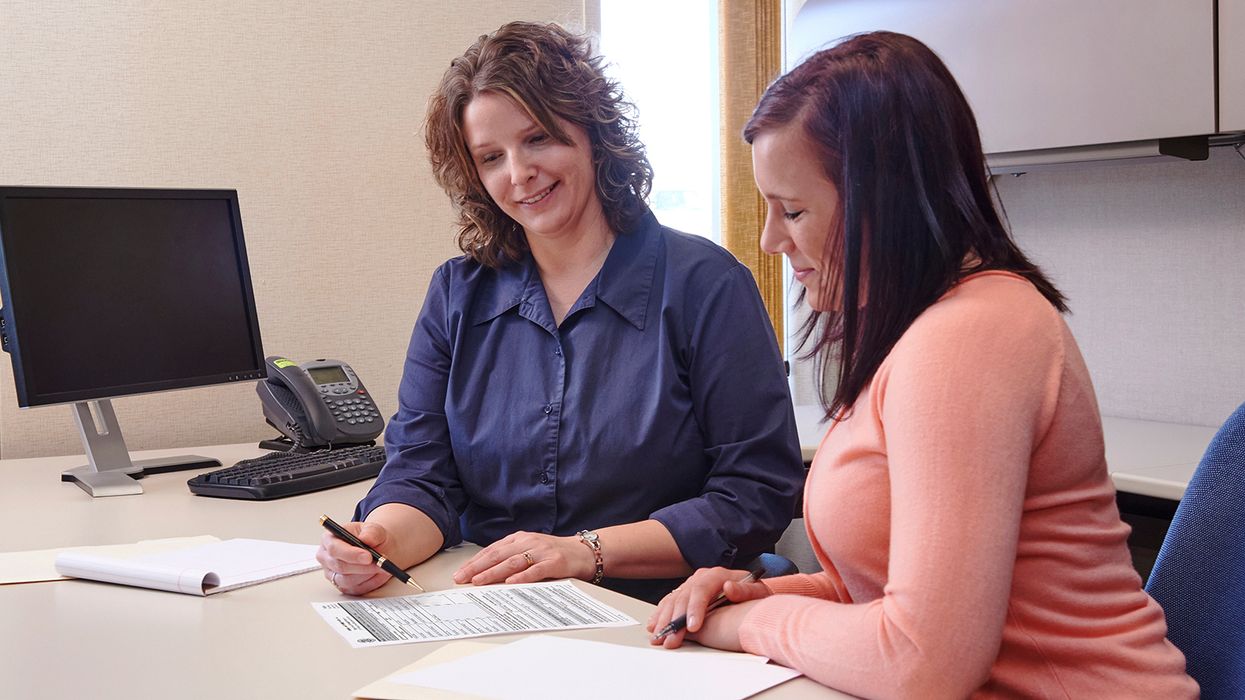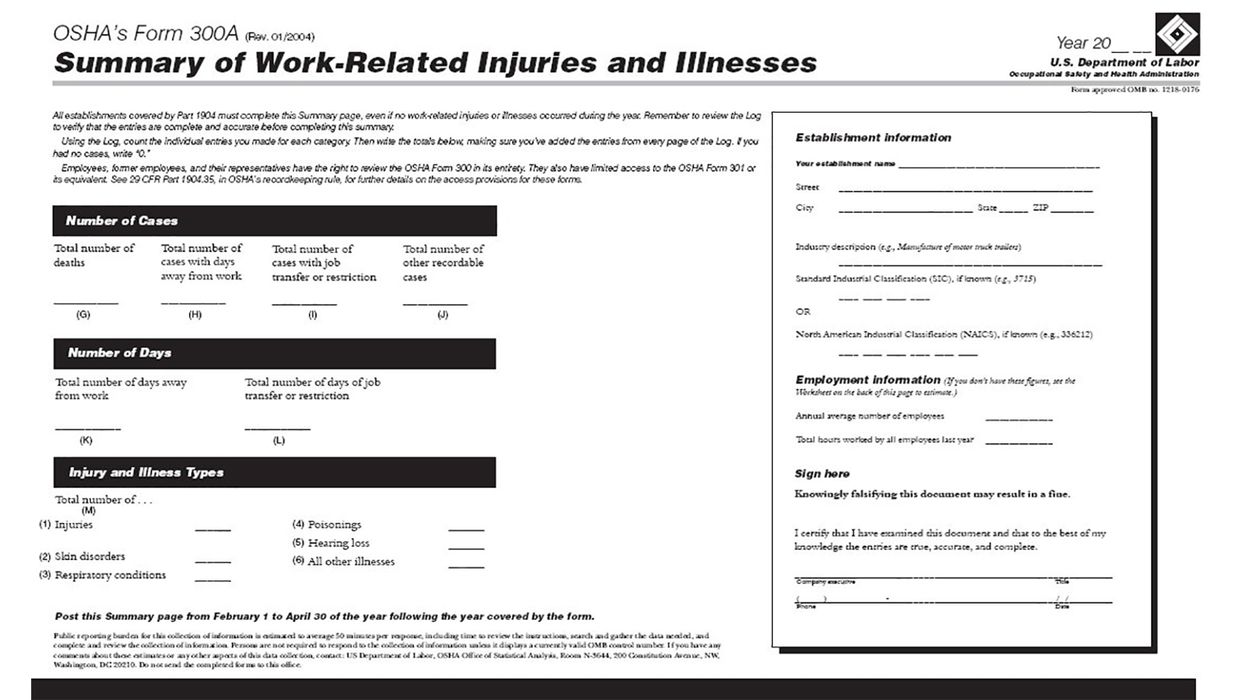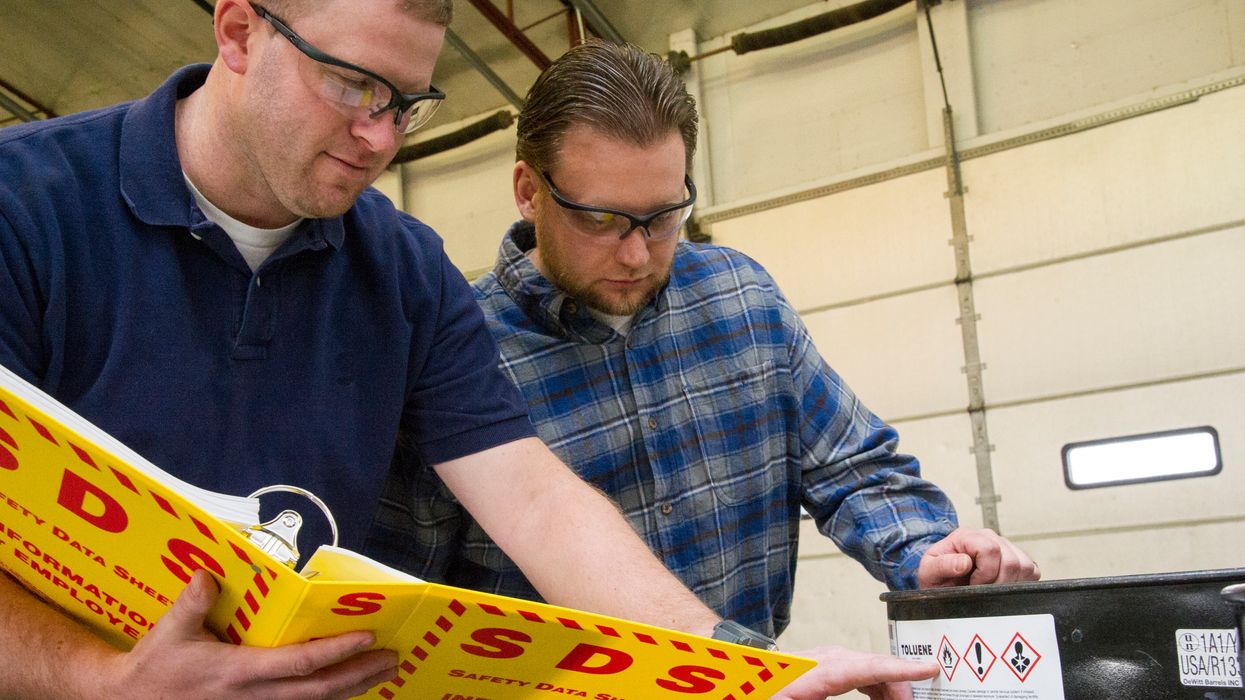Permit spaces: The 'Breath-taking' battle between atmospheric testing and continuous monitoring
Did you know the difference between atmospheric testing and continuous monitoring? Some believe they are different while others say they are the same. Let’s breathe oxygen into the topic, shall we?
There are several differentiating factors between a confined space (CS) and a permit-required confined space (PRCS), one of which is the potential for the space to contain a hazardous atmosphere. Air monitoring will determine if a confined space has the potential for hazardous vapors, combustible gases, or deadly toxins and therefore would require a permit and specific actions to protect workers.
Atmospheric testing
Since there can be no hazardous atmosphere when employees are within a confined space, the internal atmosphere must be tested prior to any entry using a calibrated direct-reading instrument according to 1910.146(c)(5)(ii)(C)). Testing should be for oxygen content, flammable or combustible gases and vapors, and then for potentially toxic air contaminants, in that order.
As an additional precaution, clean forced air should also be directed to ventilate the immediate areas within the space where employees are present and must continue as long as there are employees in the space.
The area must then be periodically tested to ensure hazardous atmospheres do not accumulate. If a hazardous atmosphere is detected, employers must exit the space immediately and testing must be performed before anyone is permitted to re-enter the space.
Continuous monitoring
Continuous monitoring is key to alerting employees immediately to dangerous atmospheres that may arise. The confined space standard requires in paragraph (d)(3)(vi) atmospheric conditions be verified throughout the duration of an authorized entry. The standard reiterates this in 1910.146(d)(5)(ii) with the requirement to test or monitor the permit space as necessary to determine conditions are acceptable for entry and “are being maintained during the course of entry operations.”
Continuous monitoring is required when isolation of a space is infeasible. This may be due to the size of the area or being part of a continuous system like a sewer system. Continuous monitoring is also required when hot work is being performed in a confined space since there’s a likelihood of an accumulation of flammable or combustible gas or vapor.
The confined space attendant typically performs monitoring. Additionally, many employers choose personal 4- or 5-gas monitors (depending upon the chemical exposures) as a way to continuously monitor the atmosphere, so they don't need to worry about moving a single monitor from one location to another. In smaller confined space areas, however, a single stationary monitor may be sufficient.
Recordkeeping
PRCS permits require the results of initial and periodic atmospheric tests to be documented. Test results should be accompanied by the names or initials of the testers, the time the monitoring was performed, and the equipment used for testing .
Cancelled entry permits, which includes atmospheric testing records related to the permit, must be kept for at least one year, to facilitate the review of the permit space program. This is to facility the review of the permit space program as required in 1910.146(d)(14).
Key to remember: Confined space entry can be deadly, and anything can happen even to the best trained personnel. Understanding the difference between atmospheric testing and continuous monitoring is imperative for keeping workers safe during entry.

